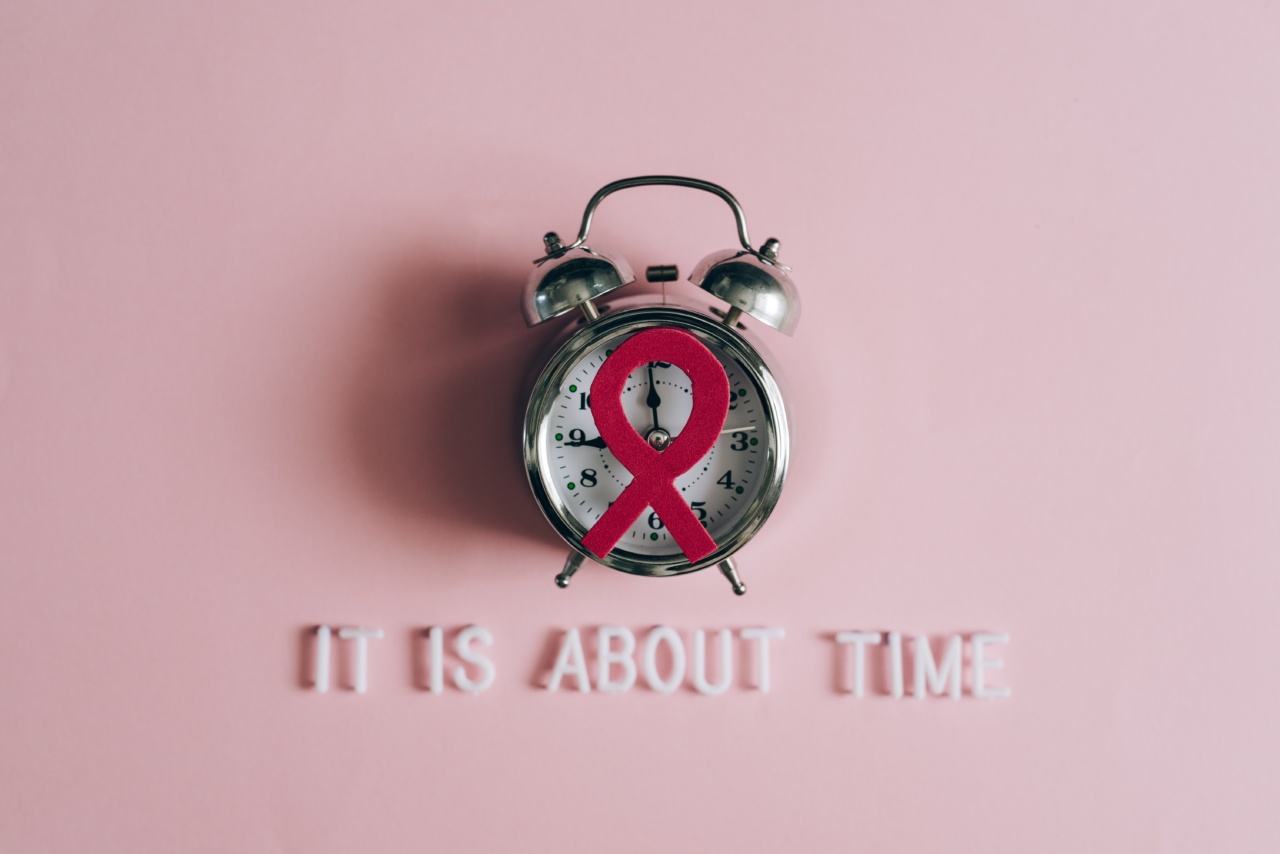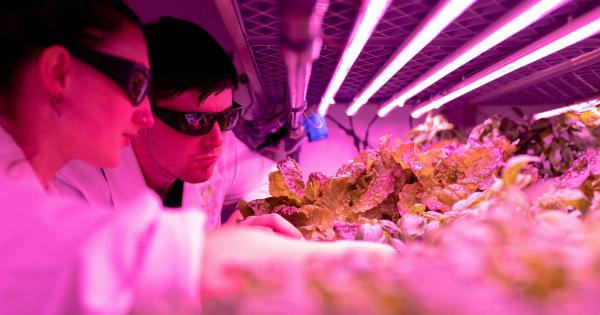Being diagnosed with HIV can be a challenging and life-changing experience. The impact of this diagnosis can be even more complex for women who are considering pregnancy or are already pregnant.
There are numerous misconceptions and myths surrounding HIV and pregnancy, which can further contribute to the stigma and fear associated with this condition. In this article, we aim to debunk some of the most common myths about HIV and pregnancy, empowering women with accurate information that can help them make informed decisions for themselves and their future children.
Myth 1: HIV-positive women cannot have healthy pregnancies
This is a widespread misconception. With the advancements in medical treatment and care for HIV, women living with the virus can have healthy pregnancies and give birth to healthy babies.
Through a combination of antiretroviral therapy (ART) and close monitoring during pregnancy, the risk of transmission from mother to child can be significantly reduced. It is important for HIV-positive women to receive appropriate prenatal care and adhere to their treatment plan to ensure a successful pregnancy.
Myth 2: If a woman is HIV-positive, her baby will also be infected
While it is possible for an HIV-positive woman to transmit the virus to her baby during pregnancy, labor, delivery, or breastfeeding, the risk can be greatly minimized with proper medical interventions.
The use of antiretroviral medications during pregnancy and labor, elective caesarean sections, and using formula instead of breastfeeding can significantly reduce the risk of mother-to-child transmission. In fact, with effective interventions, the transmission rate can be as low as less than 1%.
Myth 3: Women with HIV cannot breastfeed
Breastfeeding can pose a risk of HIV transmission from mother to child.
However, if an HIV-positive woman adheres to her treatment plan and maintains an undetectable viral load, the risk of transmitting the virus through breastfeeding is significantly reduced. This approach, known as “undetectable equals untransmittable” (U=U), has been supported by numerous scientific studies.
It is essential for women living with HIV to discuss their options with healthcare providers and make a decision based on their individual circumstances.
Myth 4: HIV-positive women should not get pregnant
The decision to become pregnant is a personal one and should be made in consultation with healthcare providers. While HIV can pose some risks during pregnancy, proper medical care and adherence to treatment can significantly reduce these risks.
It is important for HIV-positive women to discuss their desire to conceive with healthcare providers who specialize in HIV care. They can provide comprehensive information about the potential risks and offer guidance on how to minimize those risks.
Myth 5: Women living with HIV cannot have a vaginal delivery
While it is true that the mode of delivery can impact the risk of mother-to-child transmission, vaginal delivery can still be an option for HIV-positive women.
With proper medical management and adherence to treatment, the risk can be significantly reduced. In some cases, healthcare providers may recommend elective caesarean sections to further minimize the risk of transmission.
The decision should be made on a case-by-case basis, taking into consideration the woman’s health, viral load, and other individual factors.
Myth 6: HIV-positive women will not live to see their children grow up
Thanks to advancements in HIV treatment and care, people living with HIV can have long and fulfilling lives.
With proper medical management, including adherence to antiretroviral therapy and regular medical check-ups, HIV-positive individuals can maintain good health and lead productive lives for decades. The life expectancy of a person living with HIV is now approaching that of the general population. With appropriate support and care, HIV-positive women can live to see their children grow up and thrive.
Myth 7: Having an abortion will cure HIV in an HIV-positive woman
There is no cure for HIV, and having an abortion will not change a woman’s HIV status. HIV is a chronic condition that requires lifelong management.
Women living with HIV should receive proper medical care and adhere to their prescribed treatment regardless of their pregnancy status. HIV treatments are effective in improving the health and well-being of individuals living with the virus, but they do not eradicate the virus from the body.
Myth 8: HIV-positive women cannot conceive through assisted reproductive technologies (ART)
Assisted reproductive technologies, such as in vitro fertilization (IVF), can be a viable option for HIV-positive women who desire to conceive.
With appropriate medical interventions and precautions, the risk of transmitting the virus from mother to child can still be minimized. It is essential for women living with HIV to work closely with reproductive specialists and HIV healthcare providers to ensure the safest possible outcome for both the mother and the baby.
Myth 9: HIV-positive women will always pass HIV to their sexual partners
With proper medical management and adherence to antiretroviral therapy, the risk of transmitting HIV to sexual partners can be greatly reduced.
When an HIV-positive individual consistently takes their prescribed medications and maintains an undetectable viral load, the risk of sexual transmission becomes negligible. This approach, known as U=U, has been endorsed by numerous international organizations and is supported by scientific evidence.
Myth 10: HIV-positive women should not have any more children after their first
The decision to have more children after the first is a personal one and should be made based on individual circumstances. Women living with HIV can have healthy pregnancies and give birth to healthy children with the appropriate medical management.
It is essential for HIV-positive women to work closely with their healthcare providers to ensure the best possible outcomes for both the mother and subsequent children. Through proper medical care and adherence to treatment, it is possible for HIV-positive women to have multiple healthy pregnancies if desired.




























